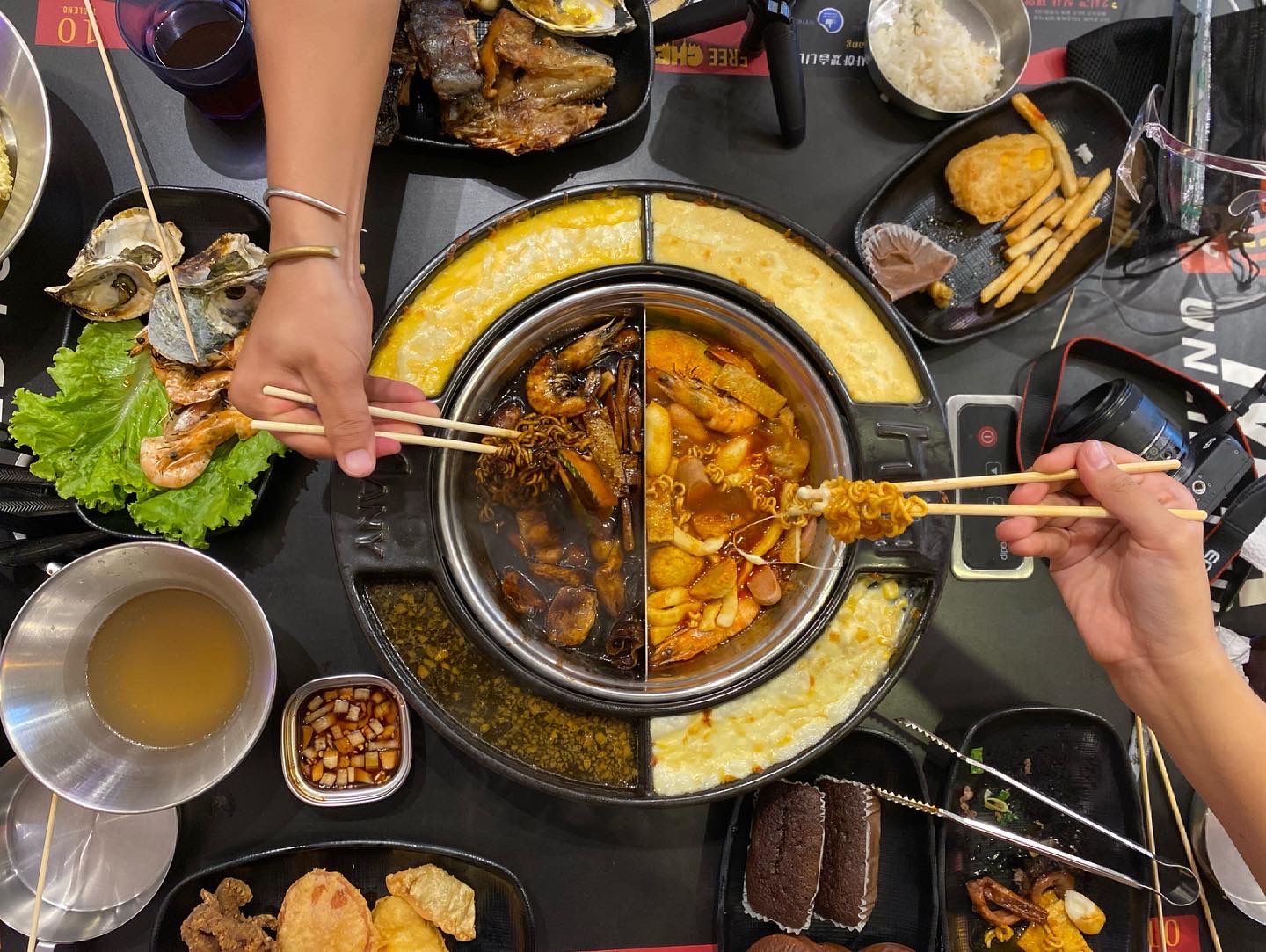Ukraine has unveiled a new indigenous long-range weapon called the “Palianytsia,” which will enable it to strike deep into Russia without relying on allies for permission.
Described as a hybrid of a missile and a drone, the development of the Palianytsia was driven by the urgent need to counter Russia’s air dominance since the start of the conflict in February 2022. A recent attack on Ukraine’s electrical infrastructure by Russian missiles and drones on Monday (August 26, 2024) further highlighted the necessity for such a weapon.
“Defenders of life should have unrestricted access to weapons, especially when faced with the full array of Russian weaponry,” stated President Volodymyr Zelenskyy in a Telegram message following the attacks.

Mr. Zelenskyy officially confirmed the existence of the Palianytsia on Saturday (August 24, 2024), which is named after a type of Ukrainian bread. The word “Palianytsia” was notoriously difficult to pronounce correctly and was even used to identify suspected spies early in the war. The Ukrainian president hailed the weapon as “a new class” of armament.
The weapon was first utilized on Ukraine’s 33rd anniversary of independence from the former Soviet Union. It reportedly targeted a Russian military installation in occupied territory, although specific details were not disclosed.
A video released by the Ukrainian military suggested that the Palianytsia has a range of up to 700 km, comparable to the U.S.-supplied ATACMS missile system. It was shown to be capable of reaching multiple Russian airfields, including the Savasleyka air base, which falls within its range, with the potential to target at least 20 Russian airfields.
While the United States and other Western allies provide Ukraine with long-range weapons, restrictions prevent Ukraine from striking deep into Russia to avoid escalating the conflict. Ukraine aims to target Russia’s military infrastructure beyond just border regions.
The Institute for the Study of War indicated that Russia is exploiting sanctuary spaces in deep rear areas. It estimated that at least 250 strategically important targets in Russia could be reached by ATACMS missiles, but current limitations only allow Ukraine to strike 20 of them.
Mykhailo Fedorov, Ukraine’s technology minister, revealed in an interview with The Associated Press that the next phase involves ramping up production of the Palianytsia.
“I believe this will be a game-changer as it will enable us to strike where Russia least expects it,” Fedorov stated.

Fedorov declined to disclose specific details about the range or current supply of the weapon due to security concerns. However, he mentioned his involvement in missile development projects since late 2022.
The battlefields in Ukraine have become testing grounds for new weapons and adaptations of existing ones. Both Ukrainian and Russian forces have utilized improvised explosive devices and military-grade equipment, with Russia retrofitting Soviet-era bombs with GPS technology, and Ukraine deploying underwater drones to disrupt Russia’s Black Sea fleet.
The Palianytsia represents a long-term ambition for Ukraine, with a specialist involved in the project noting that it was a completely new development that began around 18 months ago.
“This is not a continuation of an old Soviet project,” the specialist explained, speaking anonymously to protect the project’s confidentiality. “The missile features a solid-fuel booster for acceleration, followed by a jet engine.”
Ukraine highlighted the consequences of its inability to counter Russian long-range weapons, with Gen. Oleksandr Syrskyi, Commander-in-Chief, revealing that Ukraine intercepted only a quarter of the 9,627 long-range missiles launched by Russia, and over half of the Russian targets were civilian.
Both the specialist and Fedorov mentioned that each Palianytsia missile costs less than $1 million, with efforts underway to involve the private sector to reduce production costs further.
“Private companies have become the primary suppliers of drones to the Ukrainian military, including those conducting operations inside Russia and underwater drones targeting the Black Sea fleet,” Fedorov stated.
“All categories of missiles will be accessible in Ukraine,” he added. “Having our own indigenous weapons like this will enhance our independence and confidence.”
Fedorov also suggested that Russia’s vast size could present vulnerabilities.
“It’s impractical to deploy enough air defense systems to protect such a large territory,” he explained. “This provides us with the opportunity to operate deep within enemy territory.”








































